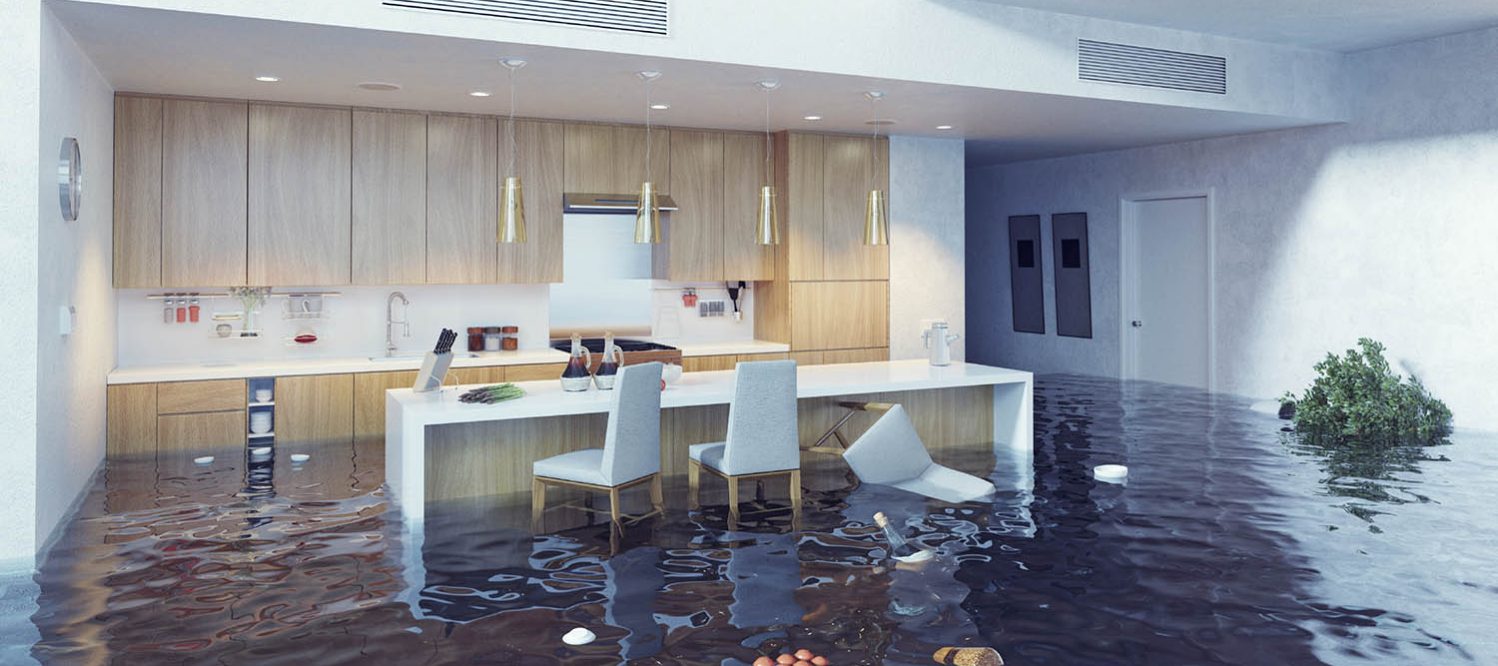Do's & Don'ts of Water Restoration.
Do's & Don'ts of Water Restoration.
Blog Article
They are making a few great points about 5 Home Safety Tips To Reduce The Risk Of Fire And Water Damage as a whole in this article down the page.

Water provides life, water intrusion on parts where it's not meant to be can result in damages. It can peel off away surfaces and also erode the structure if the water saturates right into your structure. Mold and mildew as well as mildew likewise prosper in a wet environment, which can be dangerous for your health and wellness. Residences with water damages smell stuffy and old.
Water can originate from several sources such as tropical storms, floods, burst pipelines, leaks, and drain concerns. In case you experience water damage, it would be excellent to understand some security preventative measures. Below are a couple of guidelines on how to handle water damage.
Do Prioritize Home Insurance Protection
Water damage from flood because of hefty winds is seasonal. You can additionally experience a sudden flood when a malfunctioning pipe suddenly ruptures right into your house. It would certainly be best to have residence insurance coverage that covers both disasters such as all-natural disasters, as well as emergencies like broken plumbing.
Don't Fail To Remember to Switch Off Utilities
This reduces off power to your whole residence, stopping electric shocks when water comes in as it is a conductor. Don't forget to transform off the primary water line valve.
Do Stay Proactive and Heed Climate Signals
Pay attention to evacuation warnings if you live near a river, lake, or creek . Doing so reduces prospective building damages.
Do Not Ignore the Roof
You can stay clear of rainfall damages if there are no openings and also leakages in your roof. This will certainly prevent water from streaming down your wall surfaces and soaking your ceiling.
Do Take Notice Of Little Leaks
A ruptured pipe doesn't happen over night. You may notice gurgling paint, peeling wallpaper, water touches, water stains, or leaking noises behind the wall surfaces. Have your plumbing repaired prior to it results in enormous damages.
Do Not Panic in Case of a Burst Pipeline
Keeping your clearheadedness is crucial in a time of dilemma. Panicking will just compound the problem since it will suppress you from acting quickly. Timing is key when it comes to water damages. The longer you wait, the more damages you can anticipate. Thus, if a pipe bursts in your residence, promptly shut off your primary water shutoff to remove the source. After that unplug all electric outlets in the area or switch off the circuit breaker for that part of your house. Lastly, call a credible water damages reconstruction professional for help.
Water gives life, water intrusion on components where it's not expected to be can result in damage. Houses with water damage scent old and moldy.
Water damages from flooding fees to hefty winds is seasonal. You might see gurgling paint, peeling off wallpaper, water streaks, water discolorations, or leaking audios behind the wall surfaces. When it comes to water damage, timing is key.
Some Do's & Don't When Dealing with a Water Damage
DO:
Make sure the water source has been eliminated. Contact a plumber if needed. Turn off circuit breakers supplying electricity to wet areas and unplug any electronics that are on wet carpet or surfaces Remove small furniture items Remove as much excess water as possible by mopping or blotting; Use WHITE towels to blot wet carpeting Wipe water from wooden furniture after removing anything on it Remove and prop up wet upholstery cushions for even drying (check for any bleeding) Pin up curtains or furniture skirts if needed Place aluminum foil, saucers or wood blocks between furniture legs and wet carpet Turn on air conditioning for maximum drying in winter and open windows in the summer Open any drawers and cabinets affected for complete drying but do not force them open Remove any valuable art objects or paintings to a safe, dry place Open any suitcases or luggage that may have been affected to dry, preferably in sunlight Hang any fur or leather goods to dry at room temperature Punch small holes in sagging ceilings to relieve trapped water (don't forget to place pans beneath!); however, if the ceiling is sagging extremely low, stay out of the room and we'll take care of it DO NOT:
Leave wet fabrics in place; dry them as soon as possible Leave books, magazines or any other colored items on wet carpets or floor Use your household vacuum to remove water Use TV's or other electronics/appliances while standing on wet carpets or floors; especially not on wet concrete floors Turn on ceiling fixtures if the ceiling is wet Turn your heat up, unless instructed otherwise

As an avid person who reads on Safety Tips To Prevent Fire And Water Damage, I imagined sharing that article was really helpful. In case you enjoyed our blog posting kindly don't forget to pass it around. I appreciate reading our article about Fire And Water Damage Prevention.
Report this page